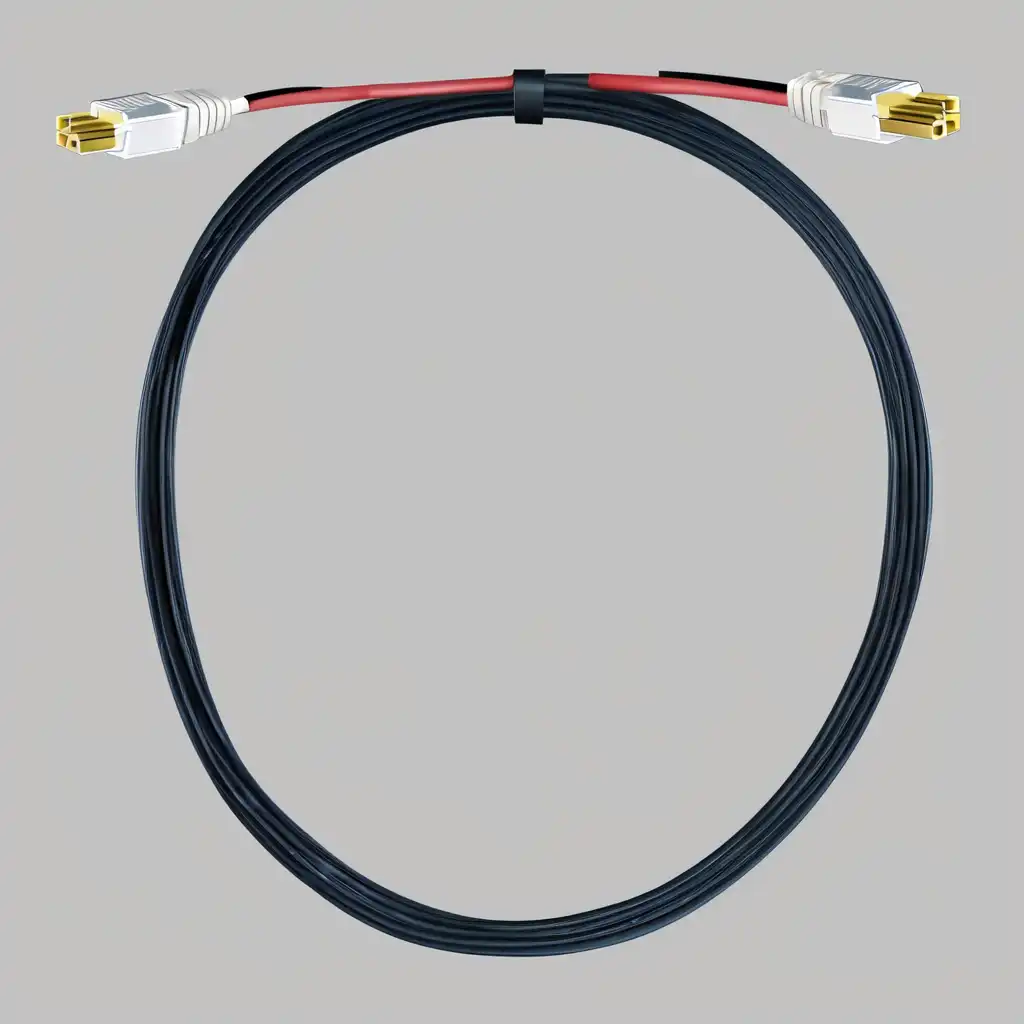In cable manufacturing, the debate between using Low-Smoke Zero-Halogen (LSOH)and Polyvinyl Chloride(PVC)cables is ongoing. As a professional manufacturer specializing in LSOH cables, we must provide a comprehensive comparison to help consumers and industries make well-informed decisions based on safety, environmental impact, and application-specific requirements.
The Basics of LSOH and PVC Cables:
LSOH cables are designed to mitigate the dangerous effects of fire. When exposed to flames, they emit very little smoke and no halogen. The primary benefit of LSOH cables is their increased safety in public places and confined spaces, as they significantly reduce the amount of toxic and corrosive gases released during combustion.
PVC Cables
PVC cables have been widely used due to their durability, ease of installation, and cost-effectiveness.PVC is flexible and resistant to environmental impacts such as water and chemicals. It is also inherently more flame-resistant than other plastics. However, when it burns, PVC emits dense smoke and hydrochloric acid, a corrosive and toxic gas that can harm electronic equipment and is dangerous to humans and animals.

Environmental and Health Considerations:
LSOH
LSOH cables reflect a commitment to environmental and health safety. They are free from halogens, elements that can generate toxic and corrosive gases when heated. This feature makes LSOH cables particularly suitable for use in poorly ventilated or enclosed areas where smoke could hinder evacuation, such as underground transport systems or large office buildings.
PVC
Though PVC cables are less expensive and functionally versatile, they fall short on environmental and health safety factors. The chlorine contained in PVC can release dioxins during production or when burned, posing significant environmental and health risks. Disposal also poses issues, as burning PVC waste releases additional toxic pollutants.
Performance in Fire Situations:
LSOH
LSOH cables are superior in environments where fire safety is highly prioritized. Their capacity to emit less smoke allows for better visibility and less damage during fires, which could be life-saving and reduce evacuation times significantly. These cables also prevent the release of acids that may damage other assets, such as cable infrastructures or critical safety equipment.
PVC
When subject to fire, PVC cables can quickly become a liability. Their smoke is dense and black, drastically reducing visibility, which is crucial during an evacuation. The hydrochloric acid produced can also lead to significant respiratory problems for evacuees and compromise structural and electronic components in buildings.
Cost and Application:
LSOH
The production costs of LSOH cables are higher than those of PVC, primarily due to their more complex manufacturing processes and safer but more expensive materials. However, the investment in LSOH cables could be justified by their enhanced safety features and lower potential liability in case of a fire.
PVC
PVC cables are generally less expensive and may be a viable choice for applications where budget is a significant constraint and fire risk is minimal. However, the lifecycle cost must consider potential risks, replacement, and insurance costs, especially in hazardous areas.
As a dedicated LSOH cable manufacturer, we prioritize safety and environmental responsibility. In scenarios where life safety, asset protection, and ecological health are of utmost importance, LSOH cables provide a considerably better option. While PVC cables may continue to suffice for specific non-critical applications or where financial constraints are overriding, the move toward safer, more environmentally friendly materials like those used in LSOH cables is clear in professional practices today.
Deciding between LSOH and PVC cables involves weighing factors like application environment, safety requirements, and budget. In modern installations, particularly where the public’s safety is concerned, the advantages of LSOH cables generally outweigh the cost differential. Ultimately, choosing LSOH cables is an investment in safety, health, and compliance with increasingly stringent global environmental and safety standards.


